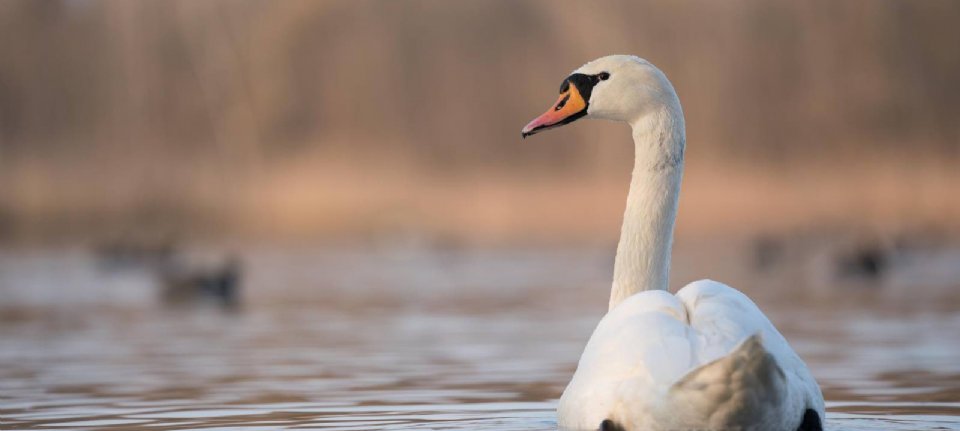Regarding the risk of bird flu, there is an impression that the number of waterfowl, and geese in particular, is increasing in the Netherlands. However, figures from the bird census from the Sofon Knowledge Center show that waterfowl numbers have been stable over the past ten years.
Is the number of waterfowl in the Netherlands increasing?
The number of waterfowl has not increased in the past ten years. Sophon is the organization that takes care of the number of birds and keeps track of numbers. The number of waterfowl increased rapidly, especially in the 1970s, 1980s, and 1990s. After that there was a slight increase until 2012. Then the numbers of waterfowl harvested remained almost the same.
And what about geese?
The same applies to this. The number has increased tenfold since the mid-1970s. This is a significant increase, but since 2011, more than two million geese and swans have been counted, with the exception of 2019. Not all birds have been counted.
On average, the maximum number of waterfowl per year is estimated at about 7 million. In January there is the largest number of waterfowl in the Netherlands. On average, the number is more than 4 million animals throughout the year.
So is more bird flu caused by more waterfowl?
Avian influenza is no longer found because there are more waterfowl. Waterfowl numbers have remained stable over the past 10 years, while highly pathogenic avian influenza has become a major problem since 2014. In addition, highly pathogenic avian influenza is found in different species of birds each year.
The virus spreads, but not always and everywhere among waterfowl. Avian influenza has been detected in more than 150 species of birds living in the wild.
In which wild birds is bird flu most common?
This is maintained centrally in Europe and relies on the effort of laboratories. The more birds you sample, the higher the chance of positive cases in an outbreak. Since October 2021, avian influenza has been diagnosed most often in sandwich tern (1,152 times), barnacle goose (651 times) and gray goose (649 times).
After Germany (1509 times), the Netherlands (674 times) was the country where avian influenza was most often found in wild birds. In France (1,392 times), most poultry farms were affected, followed by Italy (317), Hungary (290), Poland (98), Germany (94) and the Netherlands (65).
Are poultry farms in wetland areas more affected?
Comparatively, a company located in a wetland area, such as in Friesland, is often affected. However, the effect is much greater in the case of pollution in the non-water-rich poultry area of Gelderse Vallei, because as a result more farms will be established in a restricted area.

“Total coffee specialist. Hardcore reader. Incurable music scholar. Web guru. Freelance troublemaker. Problem solver. Travel trailblazer.”







More Stories
GALA lacks a chapter on e-health
Weird beer can taste really good.
Planets contain much more water than previously thought